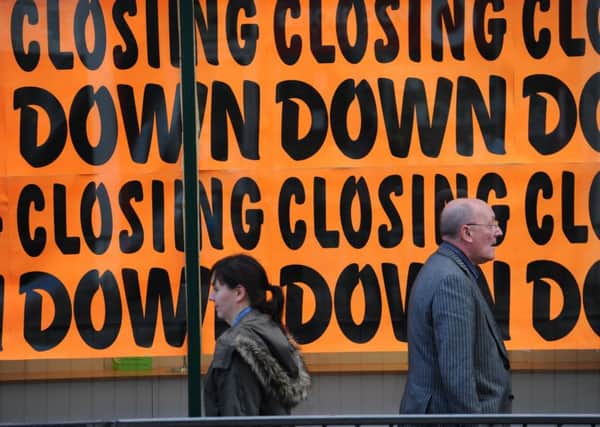David Tibbs: The urban Scot is ripe for a new Enlightenment


Others lived in burghs, a form of autonomous urban settlement, that enjoyed trading privileges and self-regulation to a greater or lesser extent. It wasn’t until the Agricultural Revolution that people started to migrate to the new industrial centres. Webster’s census of 1755 informs us that Scotland had four main towns with populations over 10,000 including Edinburgh with some 57,000 inhabitants.
During the Industrial Revolution Scotland became one of the most urbanised societies in Europe with the population living in towns growing from 17 per cent to 50 per cent. This sudden growth acted as a catalyst for interaction and exchange that encouraged the movement of goods, people, services, and more significantly, culture and ideas.
Advertisement
Hide AdAdvertisement
Hide AdThe vital ingredients necessary for a Scottish Enlightenment.
Most Scottish towns were typically linear in form with a tenement-lined high street that widened to create an area for a market. Urban improvement was continual with an increase in cultural and social institutions such as assembly rooms, coffee houses, libraries, reading rooms and other such intellectual gathering places. The urban Scot was born.
Our towns continually evolve with the ebb and flow of decline and prosperity. Today there is a prevalent sense of decay as the built environment struggles to match rapidly changing cultural and social attitudes. High street retail is in decline and under relentless attack from internet sales, rates and rents.
We have witnessed a seismic move in the distribution of people and no longer is the high street the focus of our society. It has been sidestepped by our fixation on “zoning” and the need to have shopping malls, business districts, retail parks and leisure parks with their plethora of food outlets and multiplex cinemas.
Some of our buildings have managed to function without interruption since being built while others have changed to suit new uses.
Sadly, the tell-tale signs of nature colonising other buildings suggest some are no longer wanted. Along with our reliance on the car and acceptance of suburbia with its faceless homes, we have inadvertently diluted the opportunity for social and cultural exchange.
We are now facing up to our past mistakes and taking the necessary steps to rectify them. We have identified that our town centres need a new purpose and must offer something for everyone regardless of age, income or mobility
Our society, like our towns, has become disjointed. A new form of collaboration and understanding of our commercial, cultural, historical and urban needs is required. Once realigned these will bring an energy and vitality back to our towns and set the scene for the next Scottish Enlightenment.
David Tibbs is an architect and partner at Oliver and Robb Architects, Dunfermline, Fife.